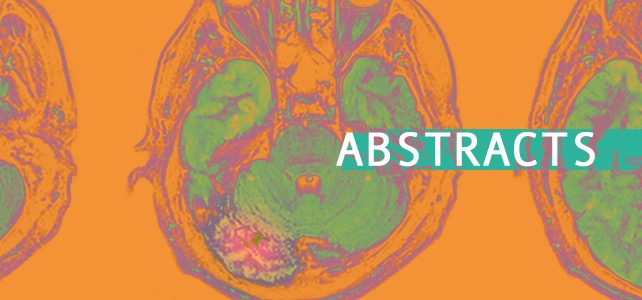Olfactory function in patients after transsphenoidal surgery for pituitary adenomas-a short review.
Author information
- 1
- Department of Neurosurgery and Neurooncology, First Faculty of Medicine, Charles University and Military University Hospital, U Vojenske nemocnice 1200, 169 02, Prague, Czech Republic.
- 2
- Department of Otorhinolaryngology and Maxillofacial Surgery, Third Faculty of Medicine, Charles University and Military University Hospital, Prague, Czech Republic.
- 3
- Department of Neurosurgery and Neurooncology, First Faculty of Medicine, Charles University and Military University Hospital, U Vojenske nemocnice 1200, 169 02, Prague, Czech Republic. netuka.david@gmail.com.
Abstract
Olfaction is an important sensory input that obviously affects many daily activities. However, olfactory dysfunction (hyposmia and anosmia) leads to a pronounced decrease in quality of life. Surprisingly, little attention has been paid to olfactory changes after transsphenoidal surgery for pituitary tumors. In this review, we summarize current knowledge of the effects of transsphenoidal pituitary surgery on olfaction and compare different surgical techniques. Based on selected studies, the endoscopic approach, in comparison with the microscopic approach, seems to be superior in terms of preservation of olfactory function, although the quality of data from these studies is generally poor. The best results were observed when the endoscopic approach was used without harvesting of the nasoseptal flap.
KEYWORDS:
Endoscopic surgery; Microscopic surgery; Olfaction; Pituitary adenoma; Skull base; Transsphenoidal approach
- PMID:
- 30276575
- DOI:
- 10.1007/s10143-018-1034-1

